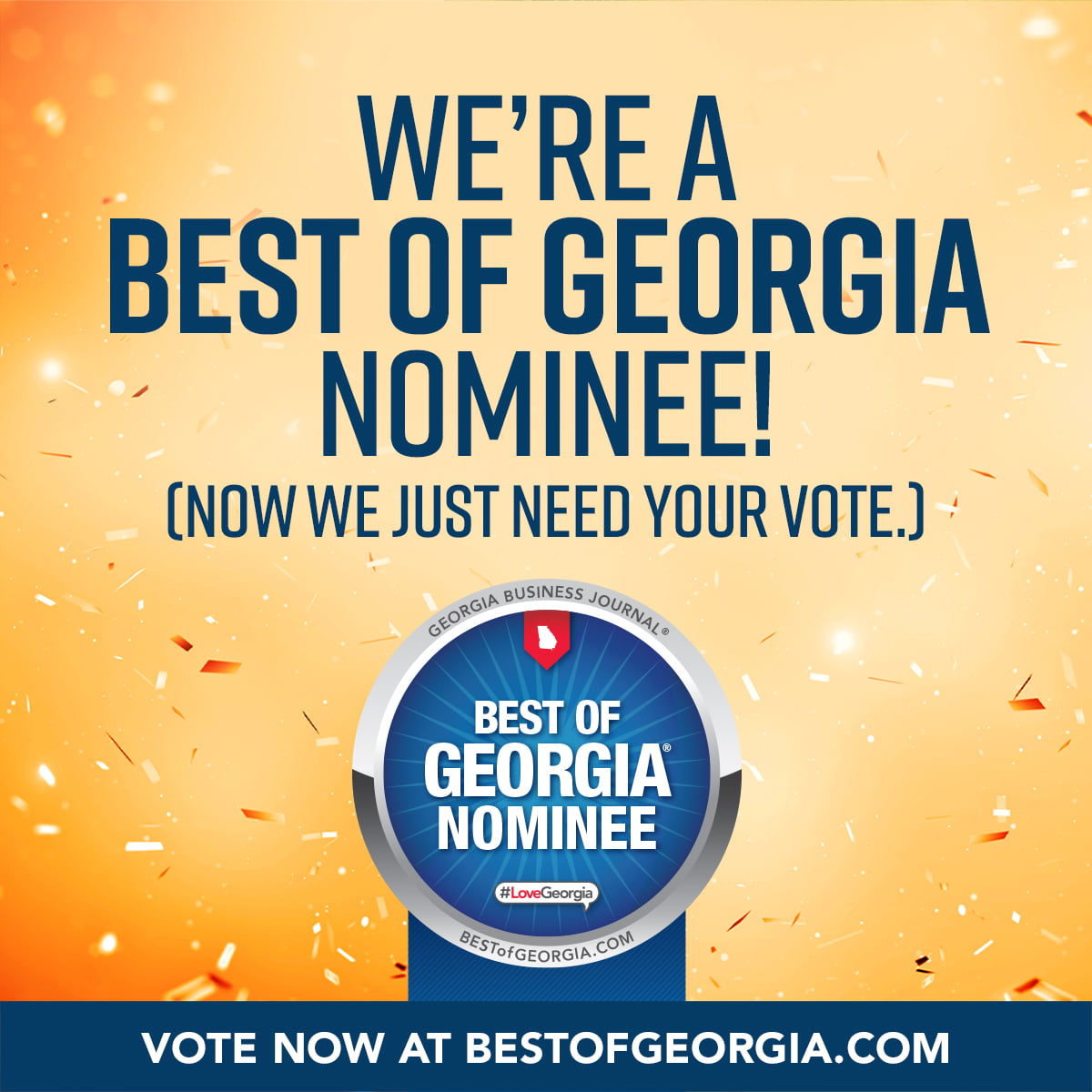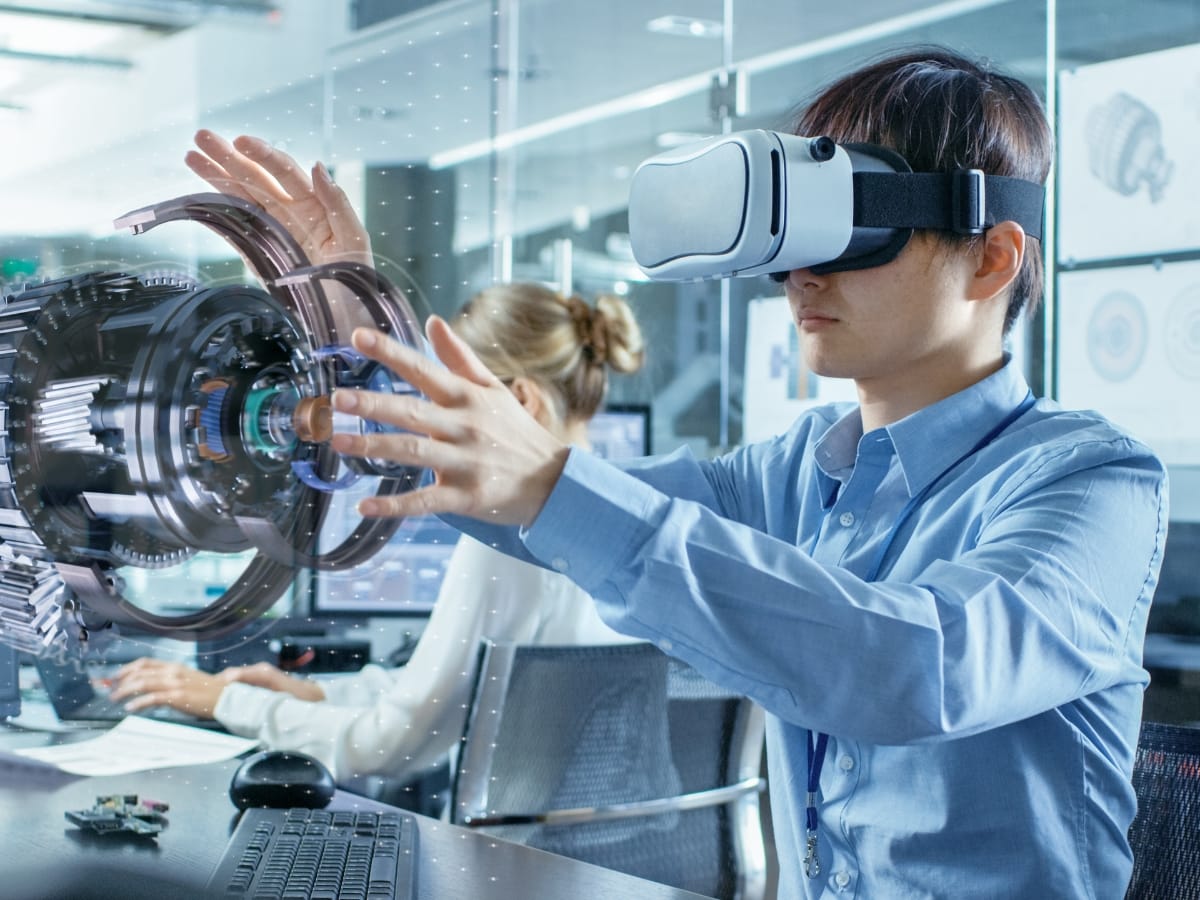Virtual reality is poised to revolutionize online advertising by transforming passive viewers into active participants, creating deeply engaging and memorable brand experiences that transcend traditional formats. As VR technology becomes more accessible and affordable, advertisers are exploring innovative ways to immerse consumers in interactive narratives, virtual showrooms, and personalized environments that forge stronger emotional connections. In this guide, we’ll explore the emerging trends, potential applications, and ethical considerations shaping the future of VR in advertising—from hyper-targeted virtual campaigns to measuring engagement in entirely new dimensions—and what it means for the next era of consumer engagement.
Virtual Reality in Online Advertising: Captivate Like Never Before
What Is Virtual Reality Advertising and How Does It Work?

Virtual reality advertising is an immersive form of marketing that allows consumers to step into a digitally simulated environment where they can experience a brand or product firsthand. Instead of viewing traditional ads on a screen, users can explore a 360-degree world with interactive elements, realistic visuals, and spatial audio that responds to their movements. This hands-on approach increases engagement and helps customers form stronger connections with the content they’re exploring.
The main advantage of virtual reality in advertising is its ability to simulate real-world experiences. A user can “walk” through a virtual store, test out a product, or attend a digital event without leaving home. These experiences make brand storytelling more memorable and create a sense of presence that standard digital ads can’t match.
What Defines Virtual Reality and Its Role in Online Advertising?
Virtual reality, often shortened to VR, is a technology that creates a fully immersive digital world through headsets or browser-based tools. It enables users to look around, move within the scene, and interact with objects as if they were physically present. For advertisers, this level of immersion offers unique opportunities to capture attention and build emotional engagement.
In the context of online advertising, VR can be used in several ways. A local business might offer a virtual tour of its space, allowing customers to explore products or services before visiting in person. A restaurant could showcase its ambiance with a 360-degree dining experience, while a real estate agency might let clients “walk through” listings remotely. These applications demonstrate how virtual reality transforms passive viewers into active participants, leading to deeper brand recall and stronger purchase intent.
How Does VR Create Immersive Advertising Experiences?
Virtual reality creates its impact by combining three essential components: panoramic visuals, spatial audio, and interactive design. Together, these elements create the illusion of being fully present in a digital environment. Users can explore, make choices, and trigger specific content such as product details or purchase prompts.
This interactivity makes virtual reality advertising especially effective for experiential marketing. For example, a travel agency could allow customers to preview destinations in VR, or a fitness brand could offer a guided virtual workout to demonstrate its programs. The more sensory and participatory the experience, the stronger the emotional connection and likelihood of conversion.
What Are the Differences Between VR and AR in Marketing?
While both virtual reality (VR) and augmented reality (AR) enhance digital experiences, they serve different purposes. VR immerses users in a completely digital world, ideal for storytelling and high-engagement experiences. AR, on the other hand, adds digital layers to the real world through smartphone cameras, making it more accessible for quick product previews or try-on experiences.
For marketers, the choice between the two depends on goals and audience behavior. VR is best for creating immersive brand experiences or virtual showrooms that need full attention. AR works better for mobile campaigns, pop-up promotions, or in-store interactions where convenience matters most. Understanding when to use each technology helps businesses build more targeted marketing strategies that resonate with their audience.
The Future of Virtual Reality in Advertising
As virtual reality technology becomes more accessible, small and mid-sized businesses are beginning to explore its potential. Affordable 360-degree cameras and browser-based VR tools make it possible to create immersive experiences without massive budgets. When used strategically, VR can enhance brand storytelling, improve conversion rates, and set businesses apart in increasingly competitive markets. Virtual reality advertising isn’t just a trend—it’s a glimpse into the future of digital marketing, where engagement is defined not by clicks or impressions, but by genuine, memorable experiences that keep customers coming back.
What Are the Latest Virtual Reality Marketing Trends Shaping the Future?

Virtual reality marketing is moving beyond novelty into practical, data-driven applications that help businesses create immersive and measurable experiences. The newest trends focus on AI-powered personalization, the rise of shared digital environments like the metaverse, and the evolution of spatial commerce that connects interactive exploration directly to sales.
AI is playing a key role by tailoring each virtual experience to the user’s interests and behavior, while metaverse platforms give brands new spaces to engage audiences through events and collaborations. Meanwhile, spatial commerce integrates online shopping into virtual environments, allowing users to browse and purchase products inside an interactive setting. Together, these advancements make virtual reality a realistic tool for both large and small brands looking to engage audiences more deeply and convert attention into action.
How Is AI Enhancing Personalization in VR Advertising?
Artificial intelligence enhances virtual reality advertising by adapting experiences in real time based on user behavior. AI systems analyze where users look, what they interact with, and how long they engage with certain elements. This data allows the environment to shift dynamically—showing relevant products, adjusting storytelling elements, or tailoring the pace of the experience.
For example, in a virtual showroom, AI can highlight product variations or recommend accessories based on what the viewer explores. These personalized interactions make each session feel uniquely tailored, increasing engagement and boosting the likelihood of conversion. As brands refine these systems, AI-driven personalization will continue to make virtual reality marketing more efficient and rewarding for users.
What Role Does the Metaverse Play in VR Advertising?
The metaverse offers a new kind of digital marketplace where brands and consumers can interact inside shared virtual worlds. While the concept is still evolving, its early use in marketing focuses on immersive events, branded experiences, and virtual communities. For small businesses, the most practical applications lie in hosting localized events, partnering with existing virtual platforms, or experimenting with digital storefronts.
These experiences help build awareness and foster engagement in ways traditional advertising can’t match. Rather than investing heavily in untested virtual land or infrastructure, businesses can start small by creating temporary experiences or joining established metaverse spaces. This approach allows for experimentation while minimizing cost and risk.
How Are Spatial Commerce and Interactive VR Experiences Evolving?
Spatial commerce merges online shopping with immersive environments, allowing users to explore products in 3D, interact with them, and complete purchases without leaving the virtual space. The technology is rapidly improving, with platforms now supporting embedded checkout links, integrated analytics, and live assistance features.
Businesses are also finding success with interactive VR experiences such as virtual try-ons, guided tours, and real-time product demos. These experiences blend entertainment with functionality, helping customers visualize ownership and make confident purchasing decisions. As these technologies mature, spatial commerce is expected to become a key part of virtual reality marketing strategies, offering a more intuitive and engaging way to shop and explore brands.
Virtual reality is no longer just a futuristic idea—it’s becoming a vital part of how brands connect with audiences. The combination of AI personalization, metaverse experiences, and spatial commerce gives businesses of all sizes the tools to deliver meaningful, interactive marketing. As technology becomes more affordable and accessible, virtual reality will continue to reshape how consumers discover, engage with, and purchase from brands online.
Which VR Marketing Strategies Are Most Effective for Small and Local Businesses?
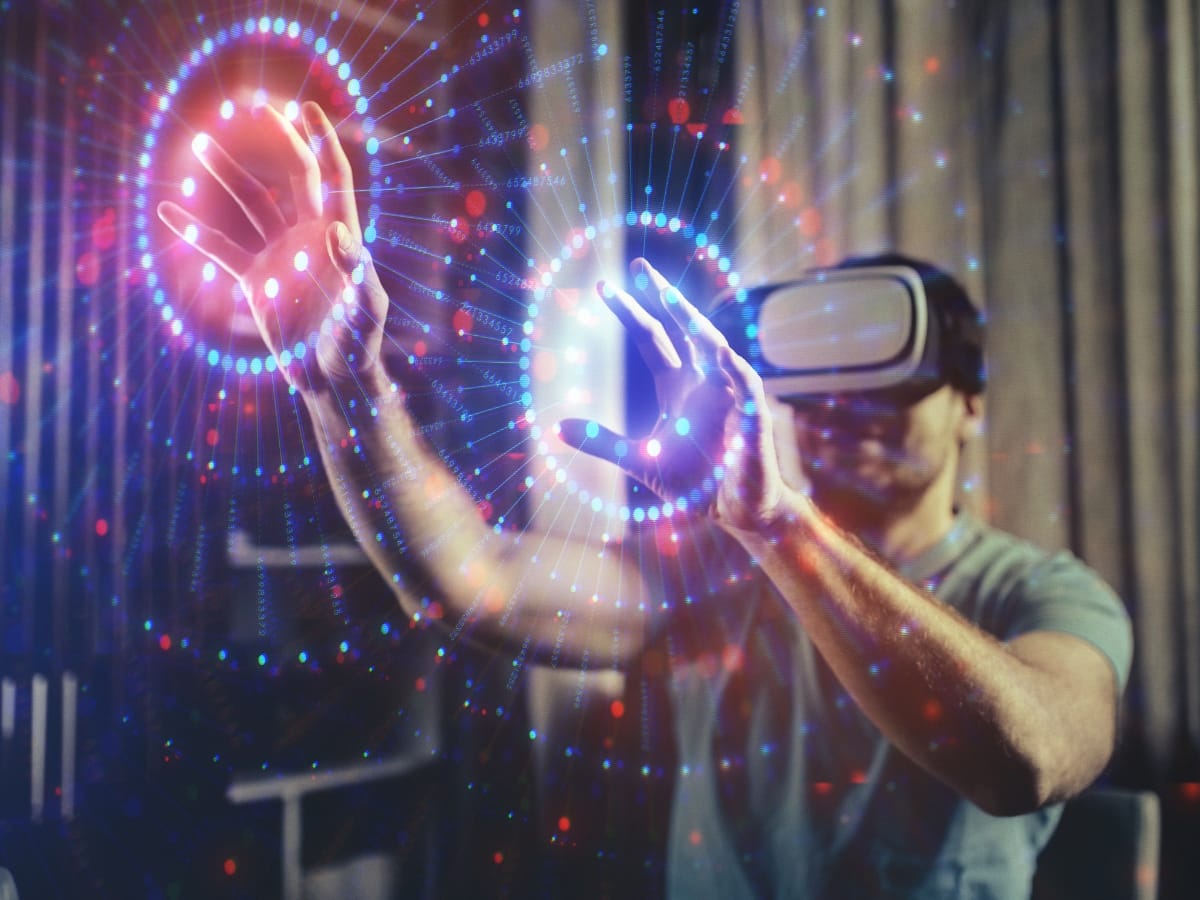
Small and local businesses can get the highest return from approachable VR strategies: virtual showrooms and product demos, 360-degree video tours, and short-form immersive storytelling that targets local audiences. These approaches balance cost, complexity, and distribution channels while leveraging existing assets such as website traffic and social media. Choosing the right strategy depends on inventory, foot traffic goals, and the desired conversion action—bookings, purchases, or email signups. Below are practical tactics and a comparison of common VR approaches to guide decision-making.
How Can Small Businesses Use Virtual Showrooms and Product Demonstrations?
Virtual showrooms let users explore curated product collections or service environments in an interactive, branded space that mimics in-store discovery. Steps to build one include planning product scope, capturing 360 visuals or 3D scans, adding interactive hotspots with product details, and embedding the experience on your website and social channels for distribution. A virtual auto-detailer can show walkaround demos; a boutique can display seasonal collections with clickable product pages. The EAV table below compares common approaches to help pick a path that fits the budget and impact.
| Approach | Cost & Complexity | Required Equipment | Expected Impact |
|---|---|---|---|
| Virtual Showroom (WebXR) | Medium cost, medium complexity | 360 camera or 3D scans, WebXR hosting | High engagement, good for catalog browsing |
| 360-Degree Video Tour | Low cost, low complexity | 360 camera or smartphone adapter | Broad reach, strong for local tours and trust-building |
| Interactive VR Experience (App) | High cost, high complexity | Professional 3D assets, headset support | Deep engagement, best for high-consideration sales |
This comparison shows that 360-degree video often delivers the best low-cost entry point, while full WebXR showrooms scale well for catalogs and repeat visits. Choosing the right approach depends on your conversion goals and technical resources.
What Are the Benefits of 360-Degree Video for Local Advertising?
360-degree video provides an accessible entry point to immersive advertising because it plays on mobile devices and desktop browsers without headset requirements. Benefits include increased dwell time, improved local search engagement when embedded on product or location pages, and higher social sharing potential from immersive previews. Practical formats include virtual property tours for real estate, behind-the-scenes production tours for makers, and guided service walkthroughs for hospitality. These formats drive discovery and can funnel interested users into conventional conversion paths like reservations or lead forms.
How Can Local Brands Leverage Immersive Storytelling with VR?
Immersive storytelling in VR uses narrative structure—scene setup, interactive choice, and resolution—to create memorable brand moments that connect emotionally with local audiences. Effective story frameworks start with a brief setup tied to local identity, offer interactive choices that showcase product benefits, and close with a clear call-to-action that maps to a measurable conversion. Short-form assets (1–3 minutes) work best for local campaigns and can be used at events, on websites, or within paid social placements. Measuring story-driven campaigns involves tracking interaction milestones that predict downstream conversions, which we explore in the measurement section.
How Can Small Businesses Implement VR Advertising on a Budget?

Small businesses can take advantage of virtual reality advertising without investing in expensive hardware or development. The key is to start small and scale based on proven results. A practical entry point is creating 360-degree videos or WebXR experiences using affordable tools and integrating them into existing marketing channels. These assets allow customers to explore products or spaces interactively while keeping production costs manageable.
The process works best when approached in stages. Launch a short pilot, gather data on engagement and conversion rates, and expand once the return on investment is clear. By using this iterative method, small businesses can gradually build VR capabilities while maintaining control over their budget.
What Affordable VR Tools and Platforms Are Available for Small Businesses?
Affordable tools for virtual reality marketing have made immersive content creation accessible to everyone. Smartphone apps can capture 360-degree images or videos suitable for social media, while browser-based VR builders let you design interactive experiences without coding. AR filter creators for platforms like Instagram or TikTok can also double as lightweight VR-style promotions.
When choosing a platform, it’s important to consider ease of use, compatibility with your website, and export options for social media. Low-cost solutions may not offer cinematic quality, but they deliver strong engagement when used creatively. The goal is to balance simplicity, quality, and affordability to produce an experience that feels authentic and immersive to your audience.
How Can VR Advertising Integrate with Existing Marketing Strategies?
Virtual reality content performs best when it’s part of a larger marketing strategy rather than a standalone project. Embedding 360-degree tours or product demos on landing pages can boost time on site and drive higher conversions. Integrating VR experiences into Google Business Profiles can also enhance visibility in local searches by showcasing your business in an engaging way.
Pairing VR with content writing, local SEO, and paid ads strengthens performance further. A 360 tour or interactive product demo can serve as the visual centerpiece for blog articles, social media campaigns, or retargeting ads. This integration not only makes the experience more discoverable but also connects immersive storytelling with measurable business outcomes like leads or sales.
What Are the Best Practices for Launching Local VR Campaigns?
The most effective way to launch a local VR campaign is to begin with a clear objective and a small, manageable pilot. For example, a restaurant might create a virtual tour of its interior to attract event bookings, or a real estate agent might offer a 360 walkthrough of a property. Focus each project on one measurable outcome, such as increased inquiries or higher engagement on a product page.
Testing is key to improving results. Monitor metrics like click-through rates, dwell time, and user interactions with hotspots or calls to action. Use these insights to refine future content and optimize conversion pathways. Over time, these small-scale experiments can evolve into a more robust, data-driven VR marketing strategy.
Virtual reality marketing is no longer limited to large corporations with big budgets. With today’s affordable tools and incremental testing methods, small businesses can use VR to create memorable, interactive customer experiences that strengthen brand presence and boost engagement. By integrating VR assets into existing digital marketing efforts, businesses can deliver immersive content that feels innovative, authentic, and achievable within realistic budgets.
How Do You Measure the Success and ROI of VR Advertising Campaigns?
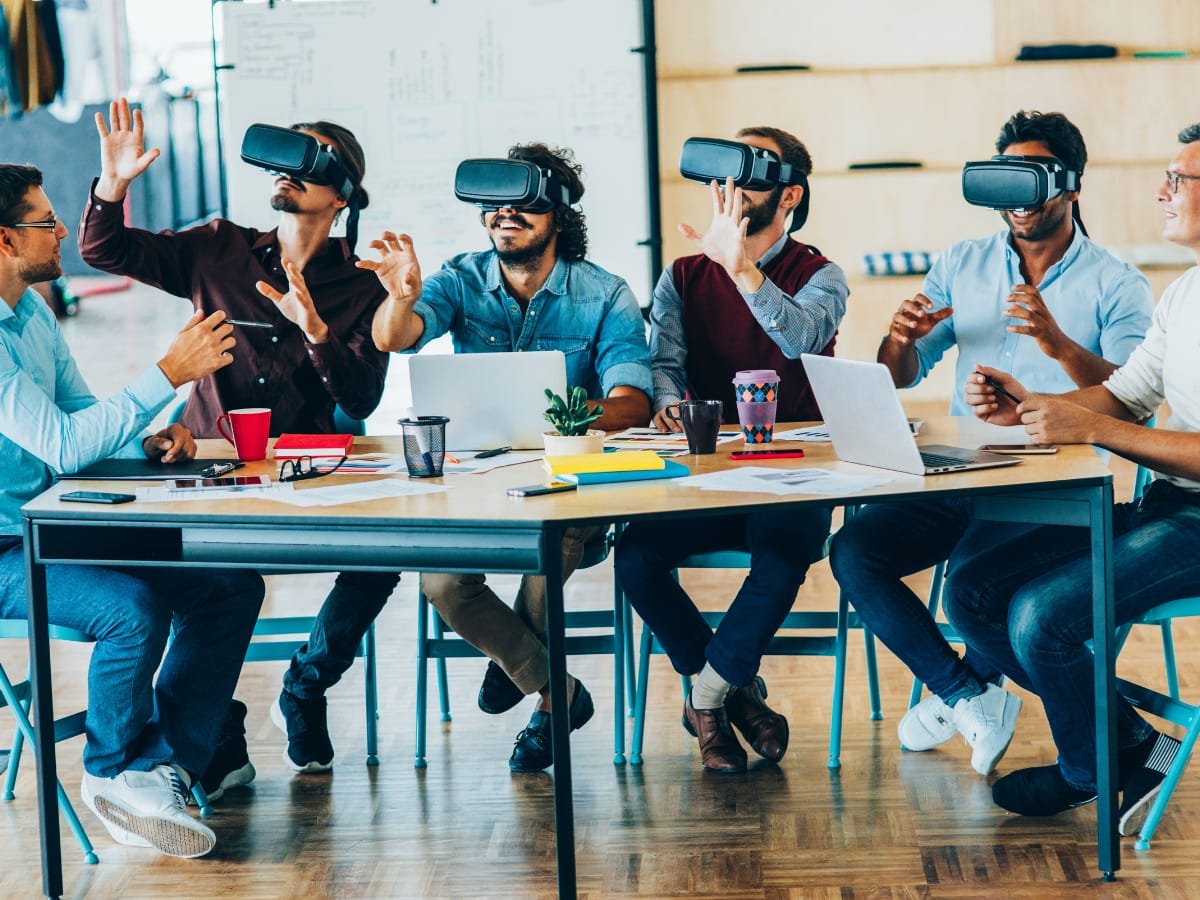
Measuring VR success requires tracking interaction-specific KPIs—time-in-experience, interaction rate, hotspot conversion rate—alongside traditional metrics like sessions, CTR, and downstream conversions. The mechanism is instrumenting the immersive experience with analytics events that map behavior to business outcomes, enabling attribution and optimization. The key benefit is understanding which in-experience behaviors predict purchases or bookings so you can optimize content and distribution. Below is a KPI-focused checklist and an EAV mapping table to connect metric, business value, and tracking method.
Key metrics to track include time-in-experience, interaction rate, CTA clicks, and conversion rate. Use event-based analytics and tie events to user identifiers where privacy-compliant to measure attribution.
- Time-in-Experience: Measures average session duration within the immersive asset.
- Interaction Rate: Percentage of users who engage with hotspots or interactive elements.
- CTA Conversion Rate: Rate at which interactions lead to bookings, add-to-cart, or form submits.
- Downstream Revenue/Leads: Business outcome attributed to immersive sessions.
Following this list, implement clear event names and consistent attribution windows to compare VR campaigns to other channels. The table below maps each KPI to business value and a recommended tracking method.
| Metric | Business Value | Recommended Tracking Method |
|---|---|---|
| Time-in-Experience | Engagement quality, content relevance | Event timing in WebXR analytics or tag manager |
| Interaction Rate | Interest and product discovery | Custom events for hotspot clicks |
| CTA Conversion Rate | Direct conversions | Goal tracking in analytics platform |
| Downstream Revenue | ROI measurement | Attribution model linking events to transactions |
What Key Metrics Should Small Businesses Track for VR Ads?
Small businesses should focus on a concise set of metrics that predict revenue: time-in-experience to gauge engagement, interaction rate to assess content relevance, CTR for promotional placements, and conversion rate for business outcomes. Benchmarks vary by vertical, but progress is measured by improving interaction-to-conversion ratios over sequential pilots. Instrument tracking through analytics with named events and UTM-like parameters for paid placements to maintain attribution clarity. These metrics form the core measurement loop for iterative optimization.
How Can VR Advertising Impact Customer Engagement and Sales?
VR advertising can increase engagement by creating longer, more focused sessions and by enabling product exploration that reduces purchase uncertainty, which often leads to higher conversion rates and average order values. For example, virtual product demos reduce return rates by aligning expectations, while virtual tours drive foot traffic by increasing local intent and trust. Measured impacts typically surface as higher time-on-page, increased add-to-cart rates following hotspot interactions, and improved lead-to-customer conversion percentages. Tracking these flows validates VR investments and informs scaling decisions.
After you define KPIs and tracking, consider partnering with an agency to set up analytics and optimize conversion funnels. Newman Web Solutions offers analytics, CRO, and paid advertising services that can instrument immersive campaigns, set meaningful KPIs, and run iterative optimization to improve ROI. They position measurement as a results-oriented service—establishing tracking events, reporting on interaction-to-conversion pathways, and recommending adjustments to creative and targeting. Small businesses seeking a hands-on measurement partner can request a consult to scope tracking and optimization work.
What Does the Future Hold for VR, AR, and Immersive Advertising in Local Business Growth?

The future of virtual reality advertising looks promising as technology becomes more affordable and accessible. Falling hardware costs, improved WebXR standards, and AI-driven personalization are making immersive experiences realistic for small and local businesses. These innovations will allow even modest brands to create virtual showrooms, interactive tours, and event-based experiences without major financial investment.
Spatial commerce, which connects product discovery directly to in-experience purchasing, will continue to streamline the buying process. At the same time, the line between virtual and real-world marketing will blur, with hybrid VR and AR experiences allowing customers to explore products digitally before visiting in person. Businesses that start small and experiment now will have a major advantage as these tools become mainstream, building both familiarity and customer trust ahead of the competition.
How Will Emerging Technologies Shape Local Digital Marketing?
Emerging technologies such as AI, WebXR, and affordable 360-degree content creation tools are changing the way local businesses approach marketing. These innovations lower the technical and cost barriers to producing immersive content that drives measurable engagement. For example, a real estate agent could host a neighborhood open house in VR, while a restaurant could create a 360-degree tour to attract event bookings.
AI will continue to personalize these experiences, adjusting visuals and recommendations in real time based on user behavior. Combined with improved analytics, marketers can better understand how people interact within virtual environments, making it easier to measure conversions and refine creative strategies. The local marketing landscape is shifting from static ads toward interactive, story-driven experiences that connect more deeply with audiences.
How Can Small Businesses Prepare for the Next Wave of Immersive Advertising?
Small businesses should focus on gradual experimentation rather than large-scale investments. Starting with short-form 360 videos or simple WebXR experiences can help gauge audience interest and gather performance data. Aligning these efforts with existing marketing campaigns, such as local SEO or paid social ads, ensures immersive content reaches the right audience and supports clear goals like lead generation or increased store visits.
It’s also important to treat VR and AR as extensions of an existing brand strategy rather than isolated projects. Consistency in tone, visuals, and calls to action across all digital touchpoints helps build trust and recognition. By combining immersive storytelling with proven marketing tactics, local businesses can create experiences that feel innovative but still connect directly to measurable outcomes.
The Future of Virtual Reality in Local Marketing
Virtual reality and its related technologies are quickly moving from experimental to essential. As tools become more intuitive and affordable, small businesses can use virtual reality marketing to compete with larger brands in creative, cost-effective ways. Whether through interactive showrooms, virtual product demos, or hybrid AR events, immersive advertising is redefining how consumers discover and engage with local businesses.
The key to success lies in early adoption and continuous learning. Businesses that take small, data-informed steps today will be well-positioned to lead tomorrow’s digital marketing landscape, where immersion and authenticity drive both attention and loyalty.
Frequently Asked Questions
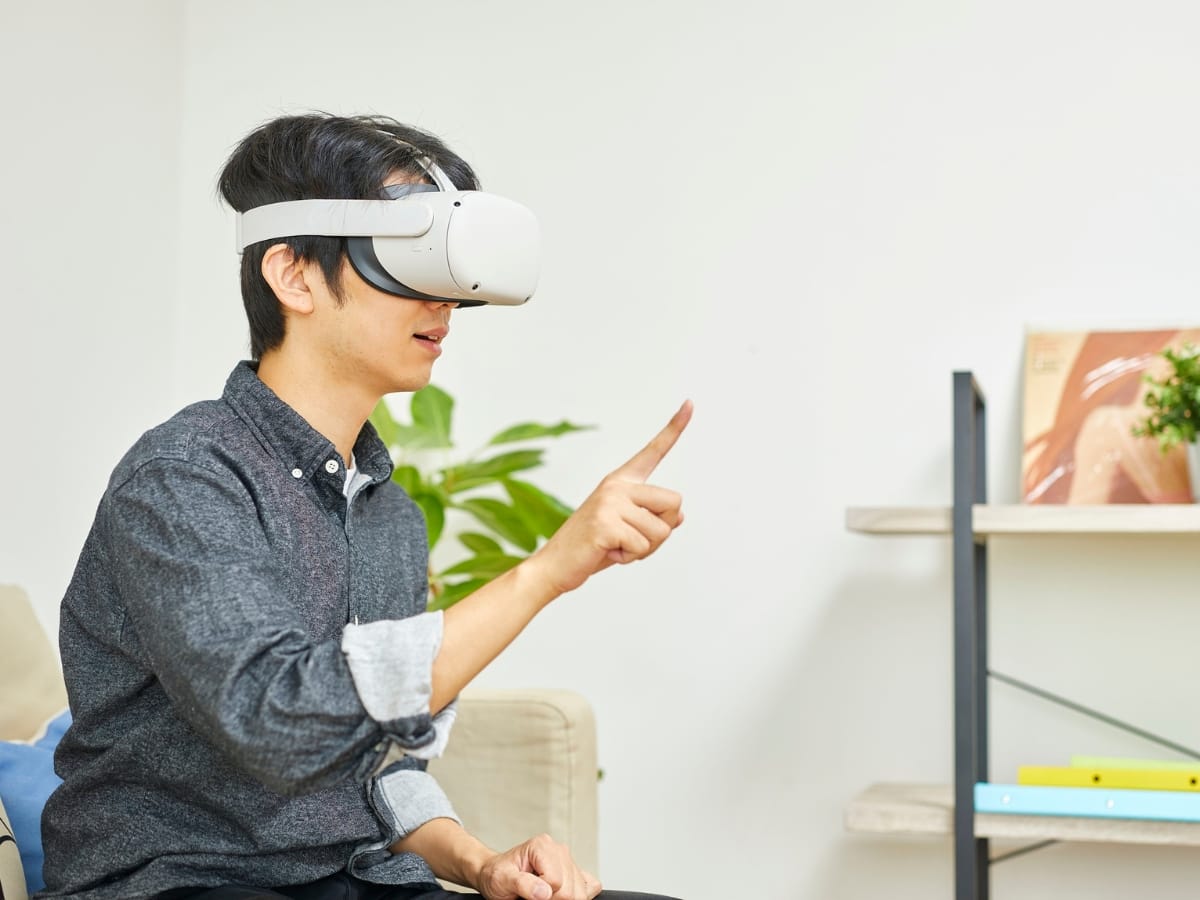
What are the initial steps for a small business to start using VR advertising?
To begin using VR advertising, small businesses should first identify their goals and target audience. Next, they can start with low-cost options like 360-degree videos or simple virtual showrooms. It’s essential to create engaging content that resonates with local customers. After producing the VR assets, businesses should distribute them through their existing channels, such as social media and websites, while tracking engagement metrics to refine future campaigns. This iterative approach allows for gradual scaling based on performance insights.
How can small businesses measure the effectiveness of their VR advertising campaigns?
Measuring the effectiveness of VR advertising campaigns involves tracking specific key performance indicators (KPIs) such as time-in-experience, interaction rates, and conversion rates. Businesses should implement analytics tools to monitor user engagement and behavior within the VR experience. By analyzing these metrics, companies can determine which elements drive conversions and adjust their strategies accordingly. Regularly reviewing these insights helps optimize future campaigns and ensures that the VR advertising efforts align with overall business objectives.
What challenges might small businesses face when implementing VR advertising?
Small businesses may encounter several challenges when implementing VR advertising, including budget constraints, technical expertise, and content creation. The initial investment in VR technology and production can be significant, which may deter some businesses. Additionally, creating high-quality immersive content requires specialized skills that may not be readily available in-house. To overcome these challenges, businesses can start with simpler VR solutions, seek partnerships with agencies, or utilize affordable tools designed for SMEs to ease the implementation process.
How can VR advertising enhance customer experience compared to traditional methods?
VR advertising enhances customer experience by providing immersive, interactive environments that engage users more deeply than traditional methods. Unlike static ads, VR allows customers to explore products in a simulated space, leading to a more memorable and impactful interaction. This level of engagement can reduce uncertainty about products, increase emotional connections, and ultimately drive higher conversion rates. By offering unique experiences, businesses can differentiate themselves in a crowded market and foster stronger customer loyalty.
What types of content work best for VR advertising in local markets?
In local markets, content that highlights community connections and local culture tends to resonate well. Effective VR advertising can include virtual tours of local businesses, immersive storytelling that showcases local events, or interactive product demonstrations tailored to the community’s interests. Short-form narratives that engage users emotionally and provide clear calls-to-action are particularly effective. By aligning VR content with local identity, businesses can create meaningful connections that drive engagement and conversions.
How can small businesses ensure their VR advertising is accessible to a wider audience?
To ensure VR advertising is accessible, small businesses should consider creating content that can be experienced on multiple platforms, including mobile devices and desktops, without requiring specialized VR headsets. Utilizing 360-degree videos and WebXR technology allows users to engage with VR content easily. Additionally, providing clear instructions and support for users unfamiliar with VR can enhance accessibility. By prioritizing user experience and compatibility, businesses can reach a broader audience and maximize the impact of their VR campaigns.
What future trends should small businesses watch for in VR advertising?
Small businesses should keep an eye on trends such as AI-driven personalization, advancements in spatial commerce, and the integration of VR with augmented reality (AR). As technology evolves, these trends will enable more tailored and interactive experiences that enhance customer engagement. Additionally, the growth of the metaverse presents new opportunities for immersive brand experiences. Staying informed about these developments will help businesses adapt their strategies and leverage emerging technologies to stay competitive in the evolving digital landscape.
Conclusion
Virtual reality is poised to transform online advertising from passive viewing into active, memorable experiences that forge deeper emotional connections with audiences. At Newman Web Solutions, we help brands navigate this new frontier by creating immersive virtual reality marketing campaigns that capture attention and drive meaningful engagement. Ready to make your brand part of advertising’s next evolution? Call (404) 301-9189 or schedule your free 30-minute strategy session today—and let’s build an immersive strategy that places your customers inside the story.

